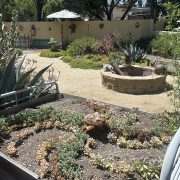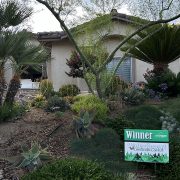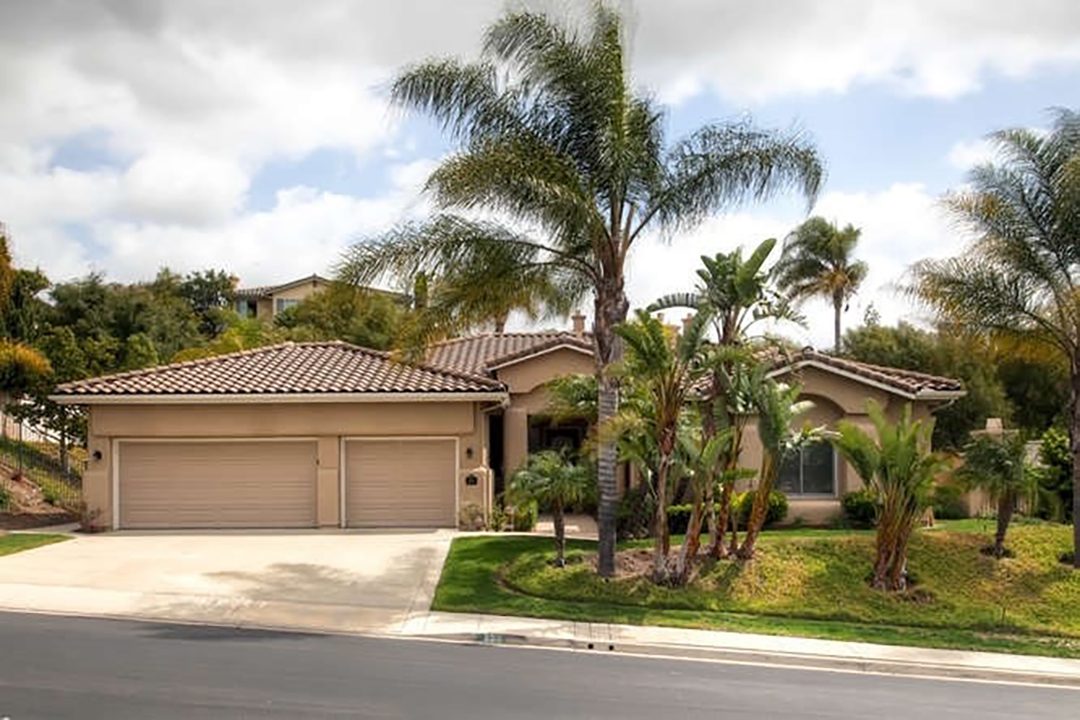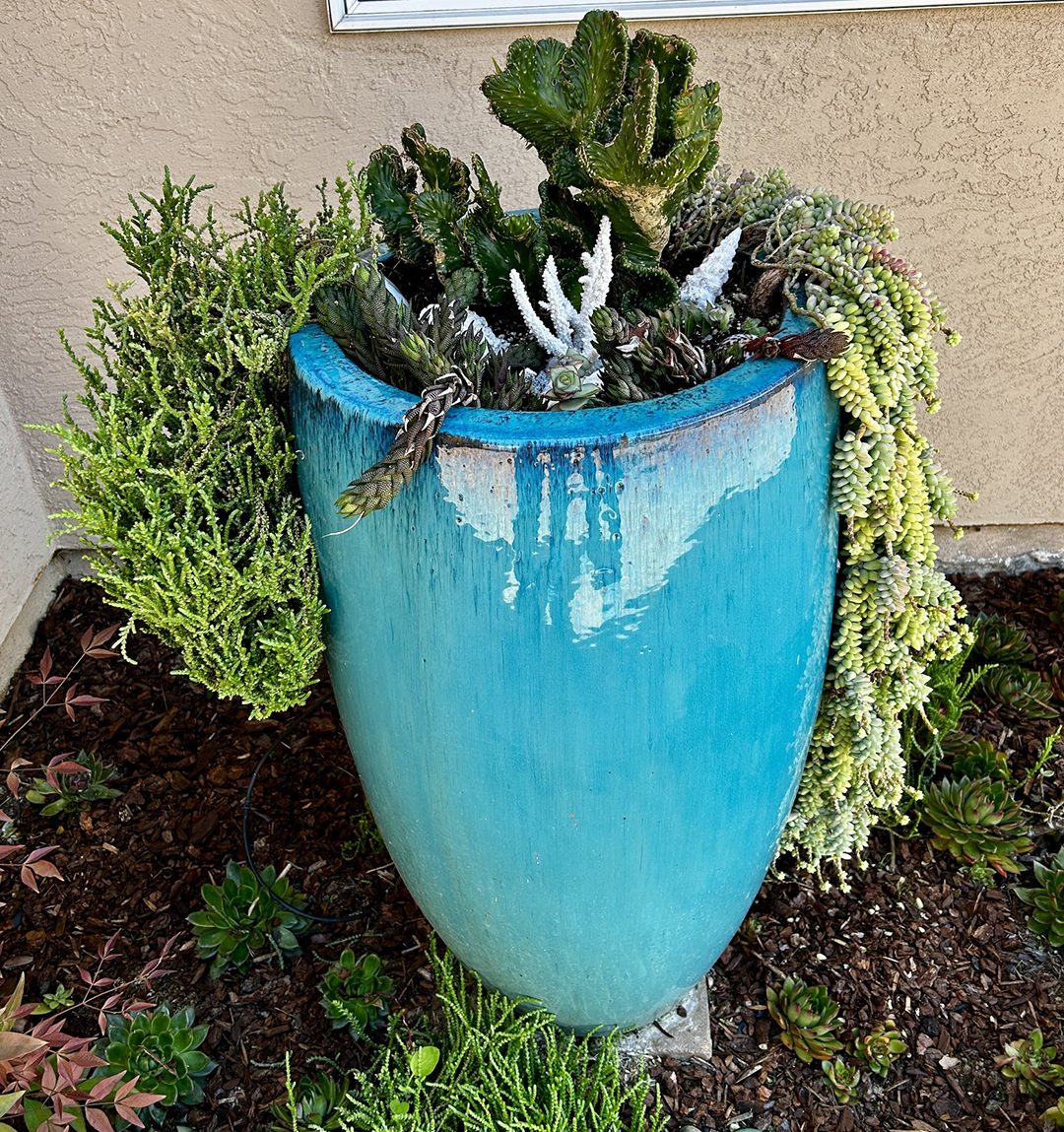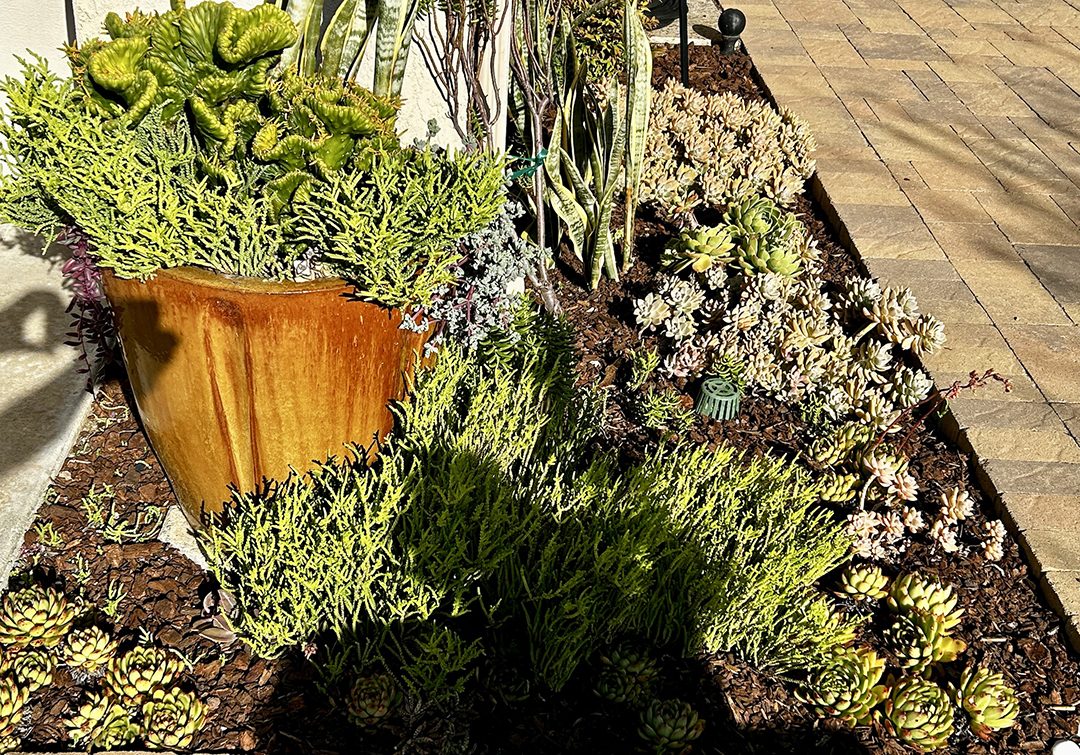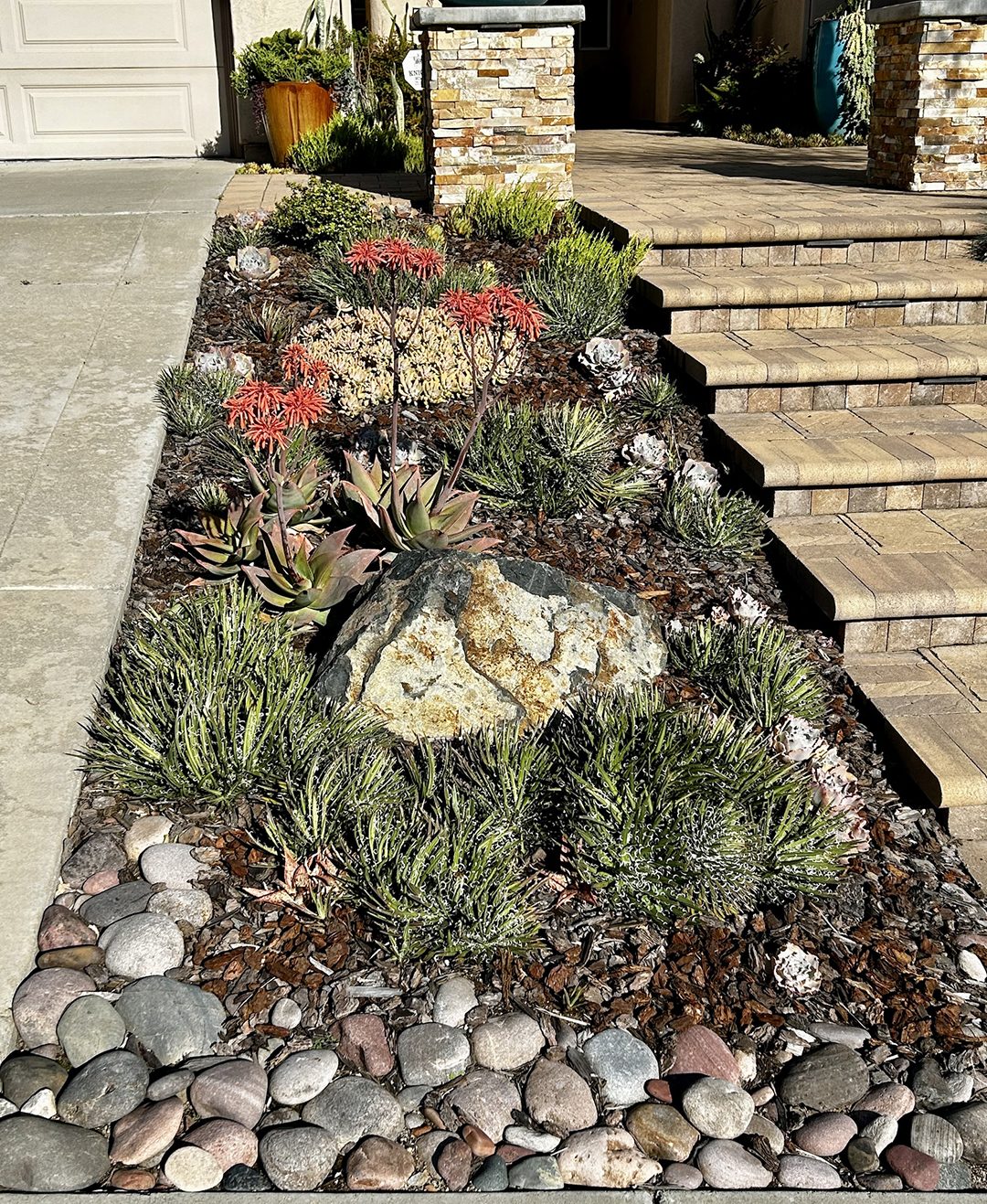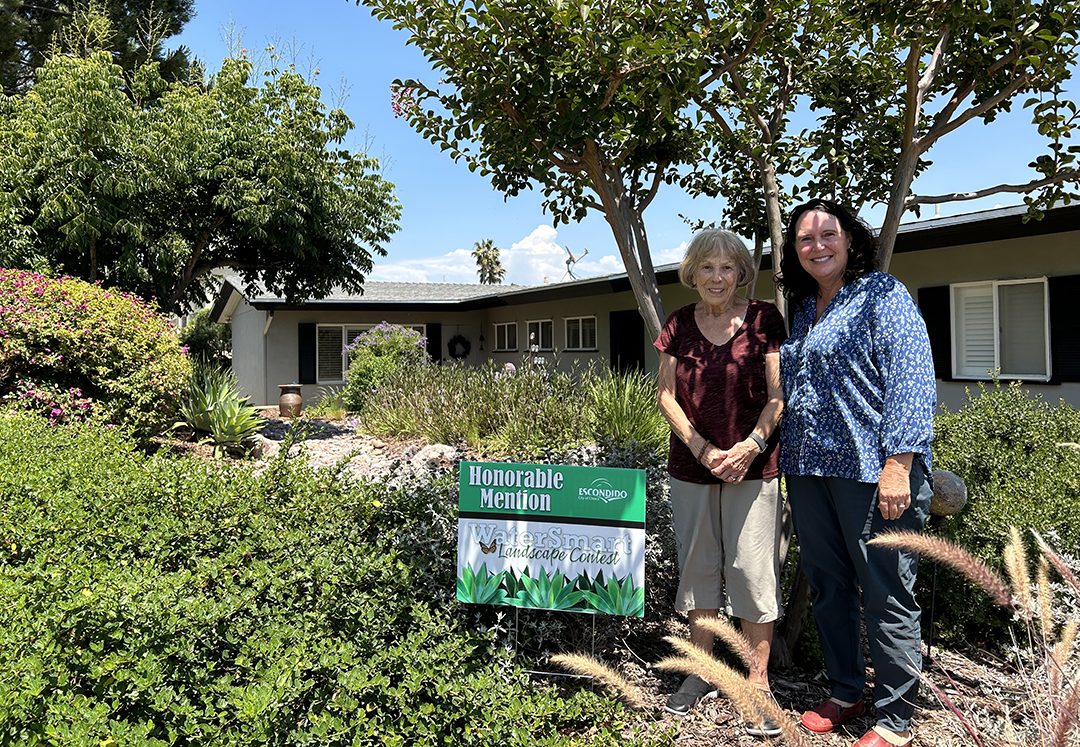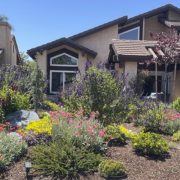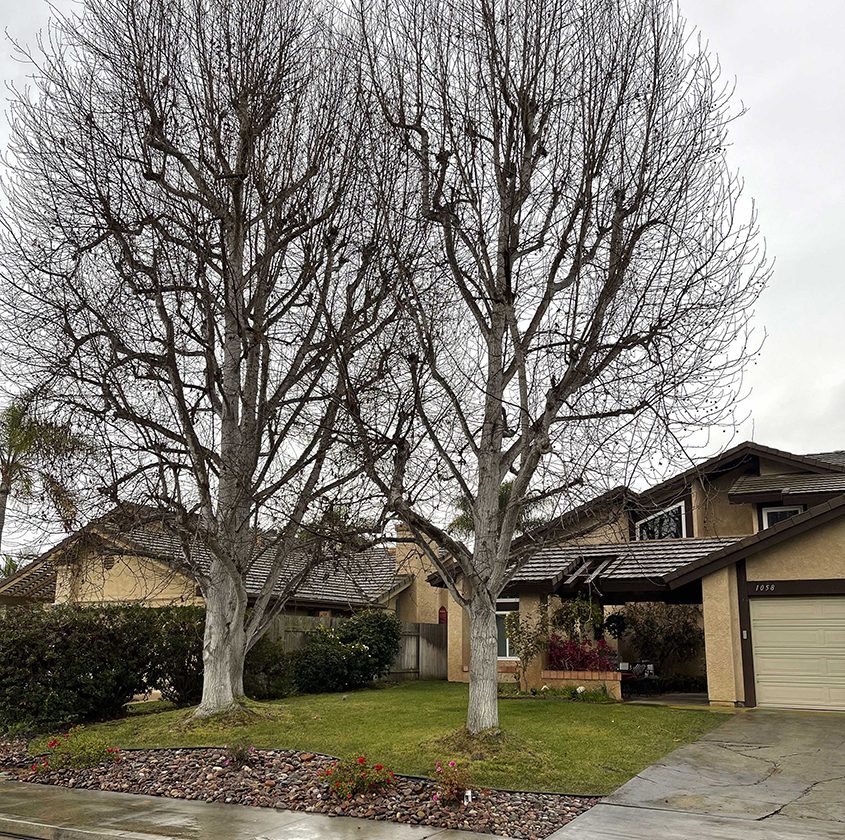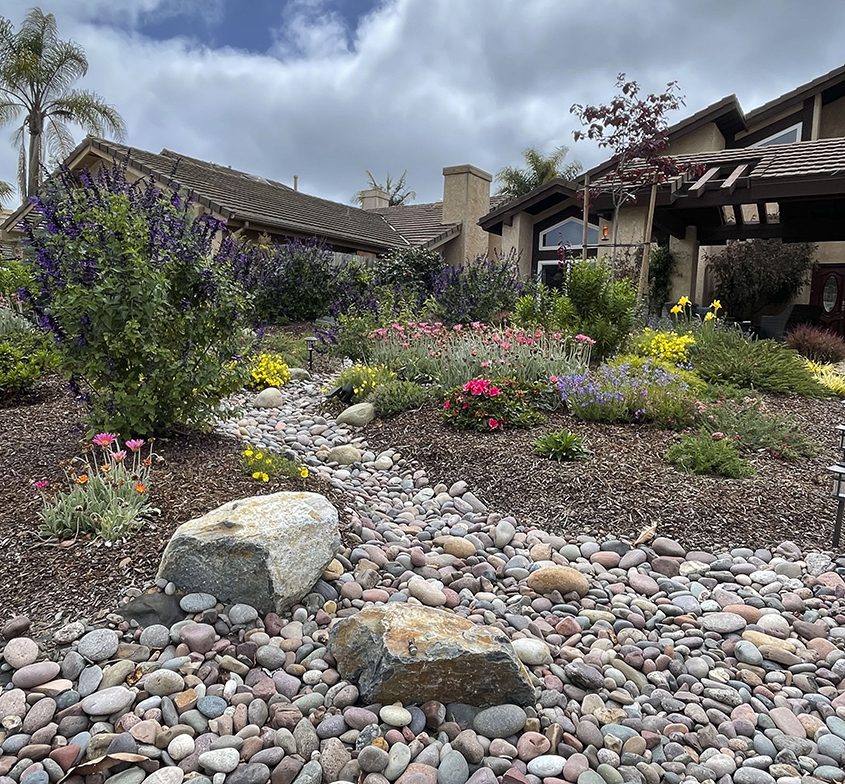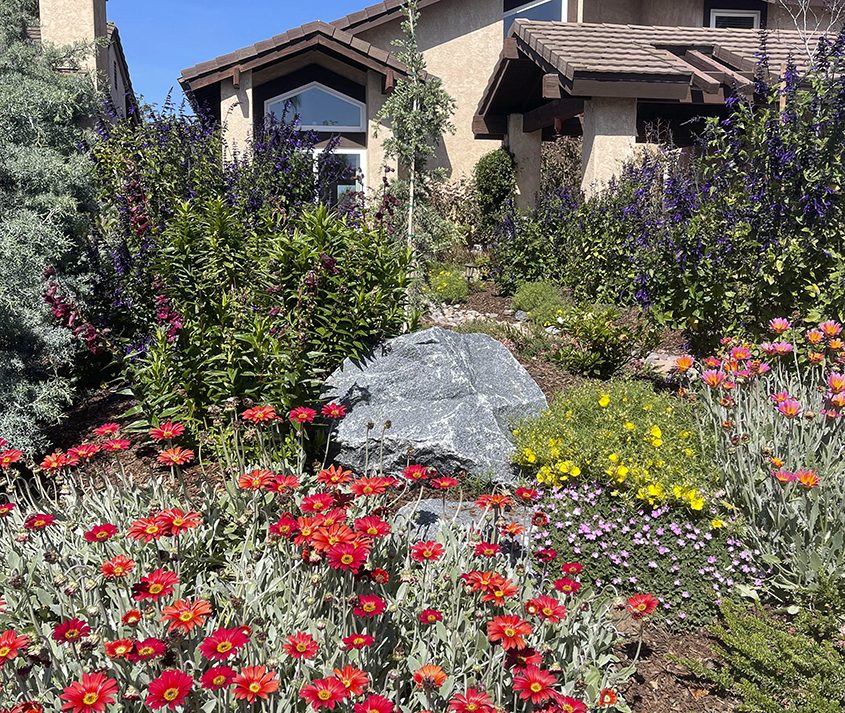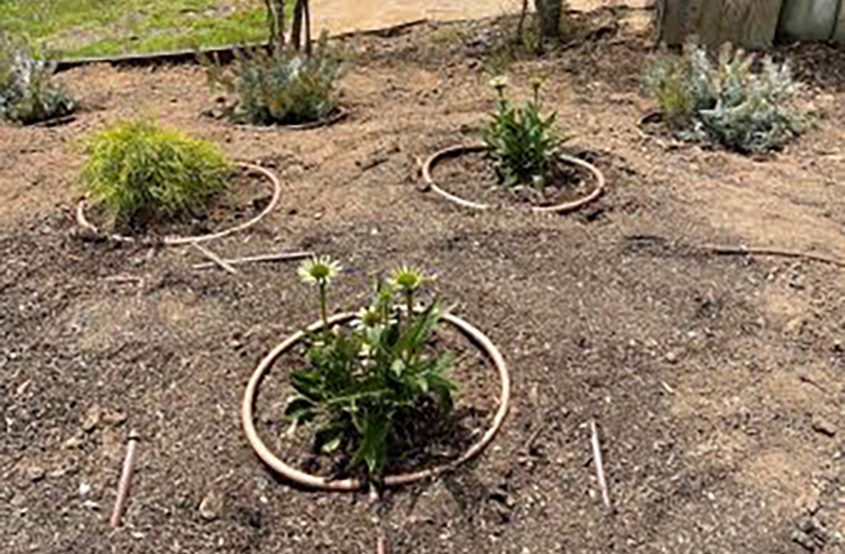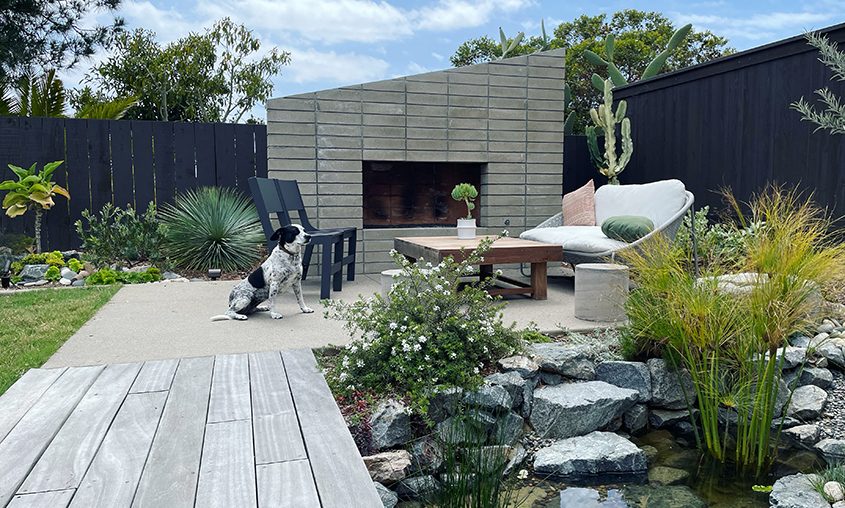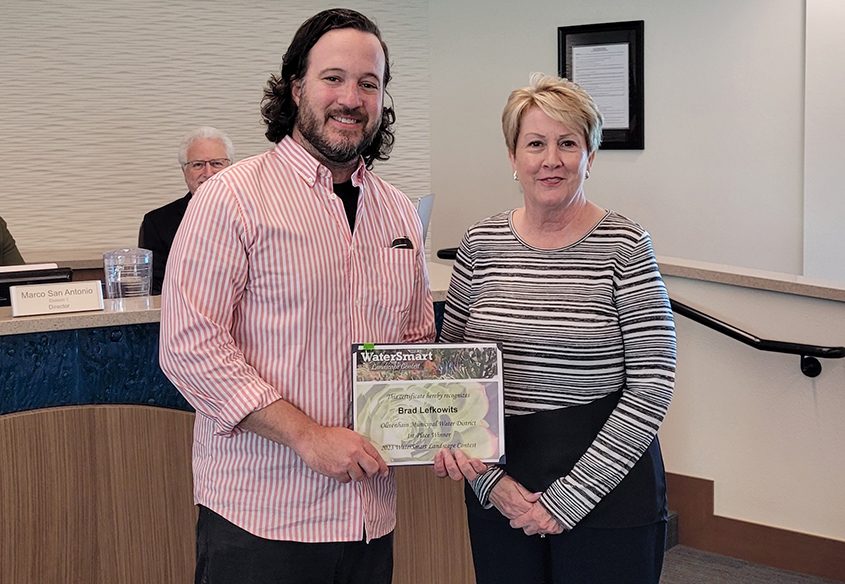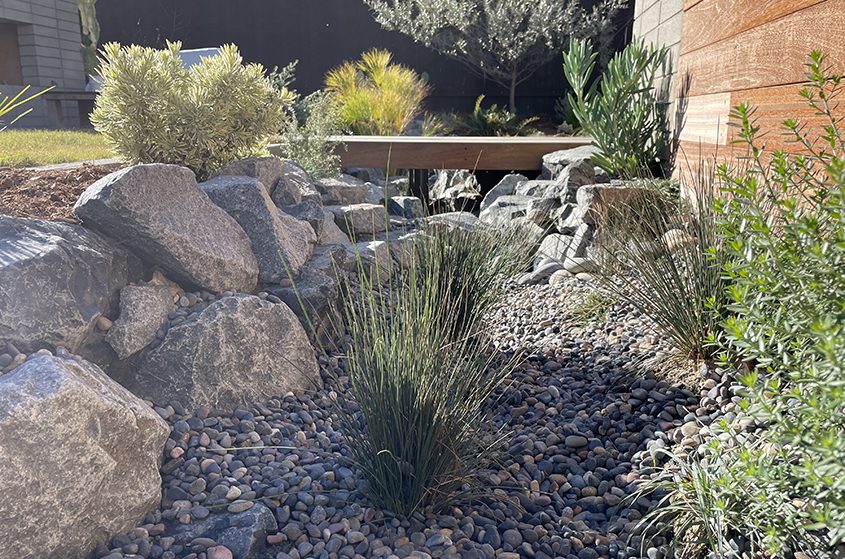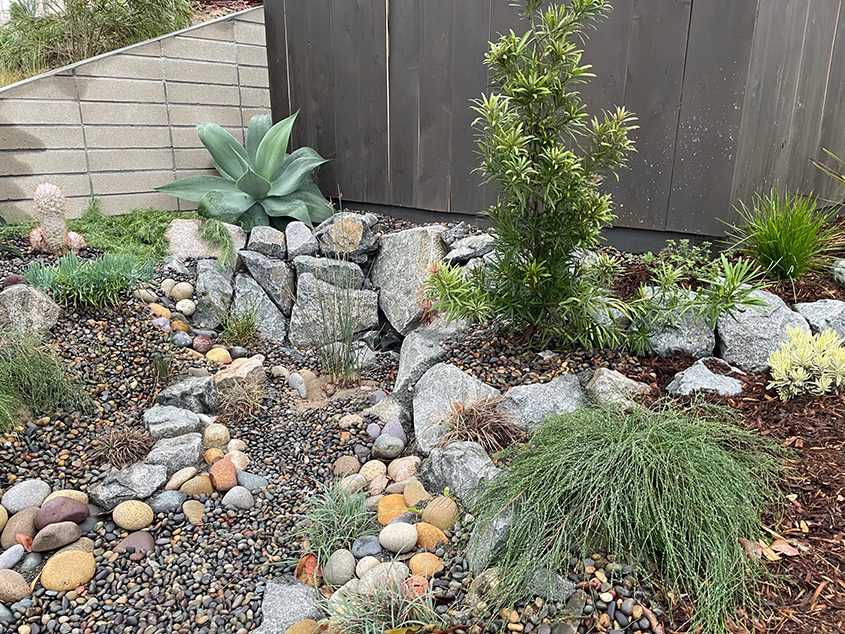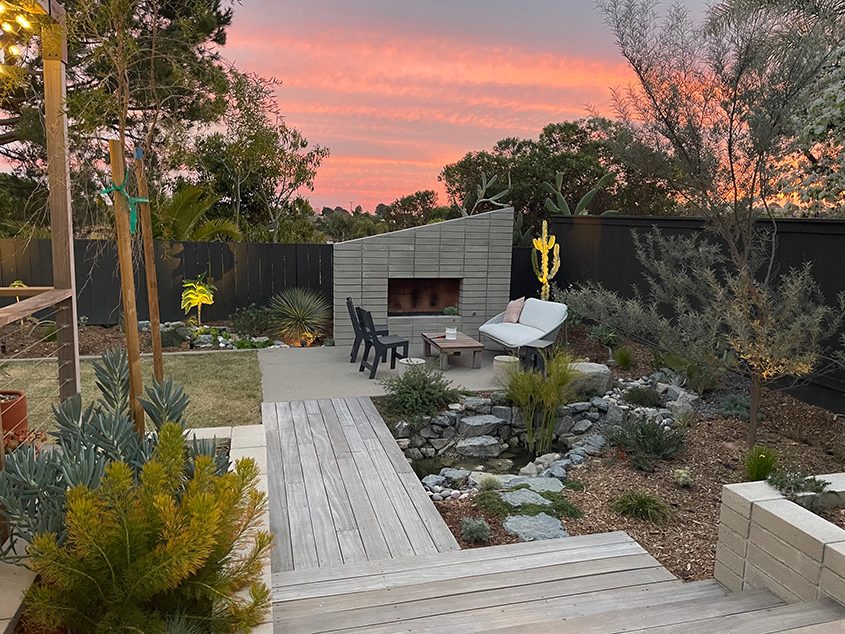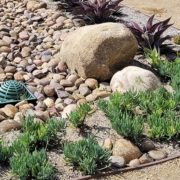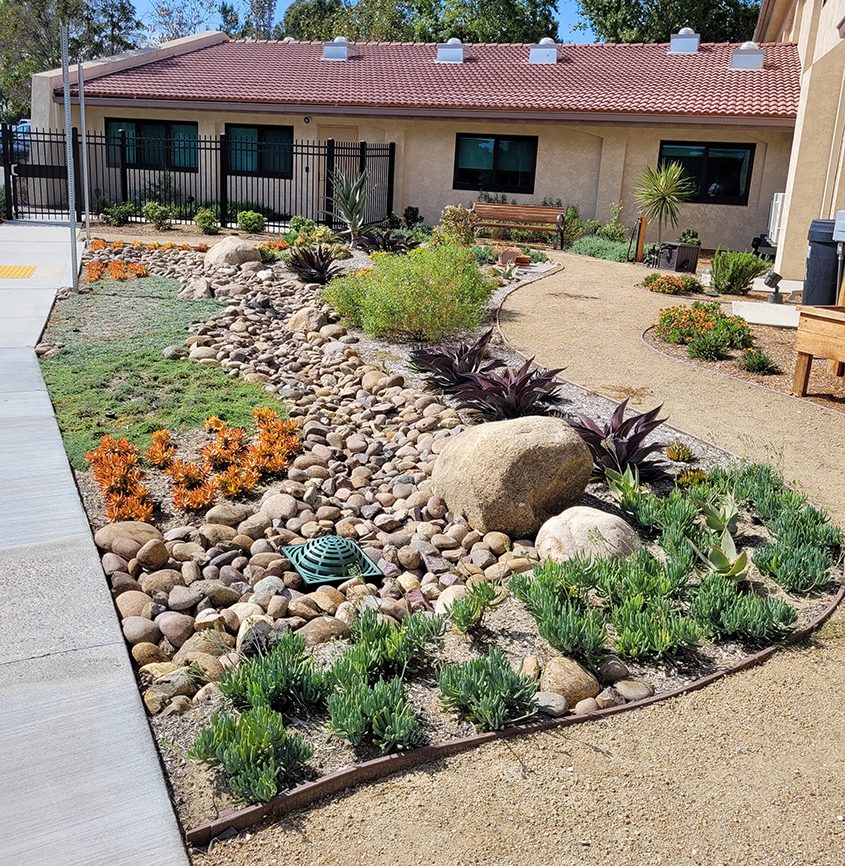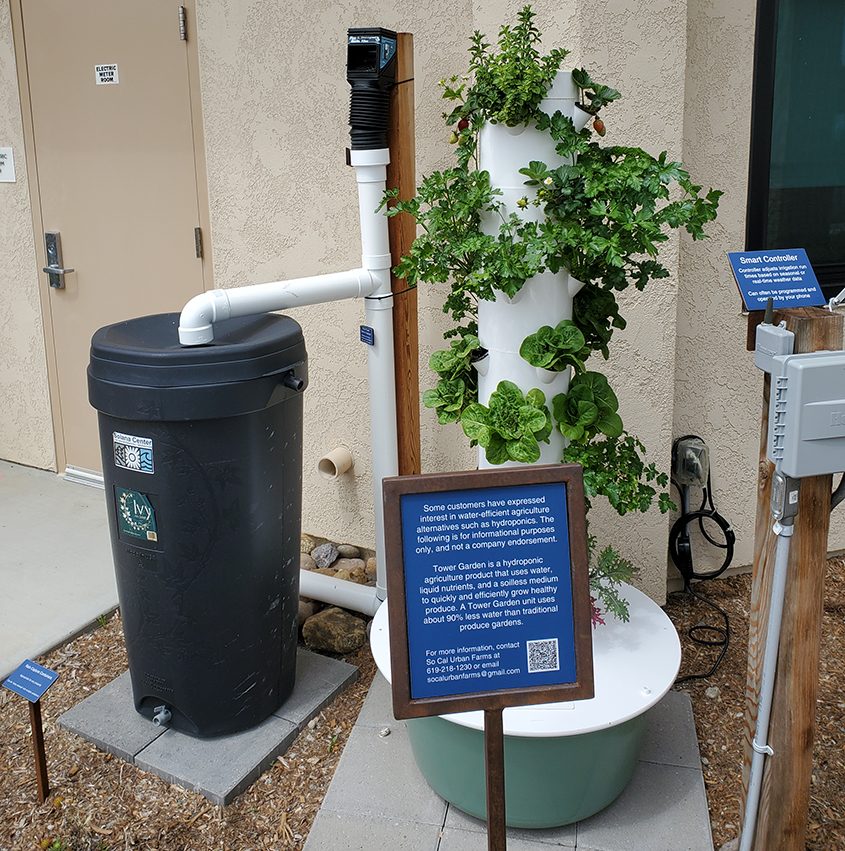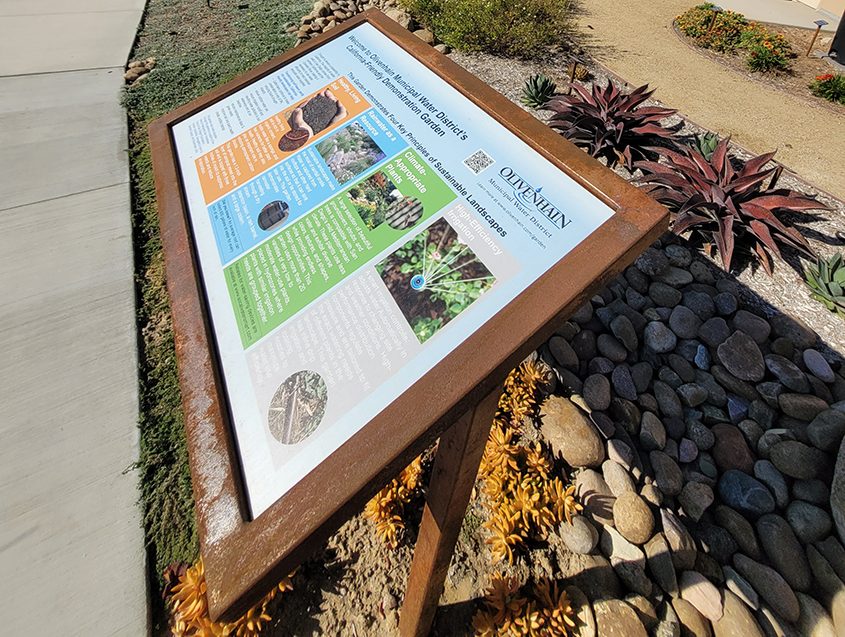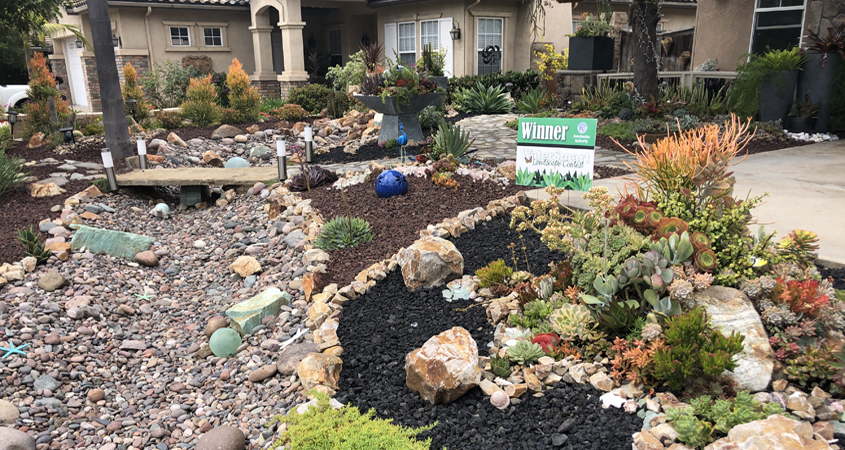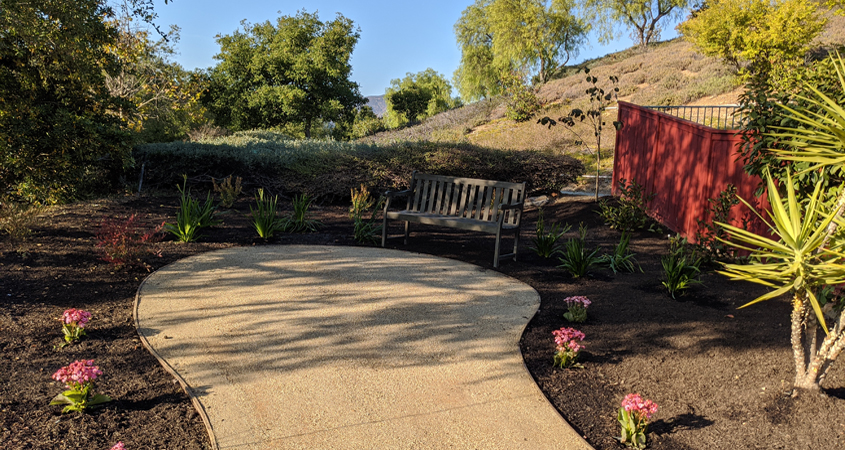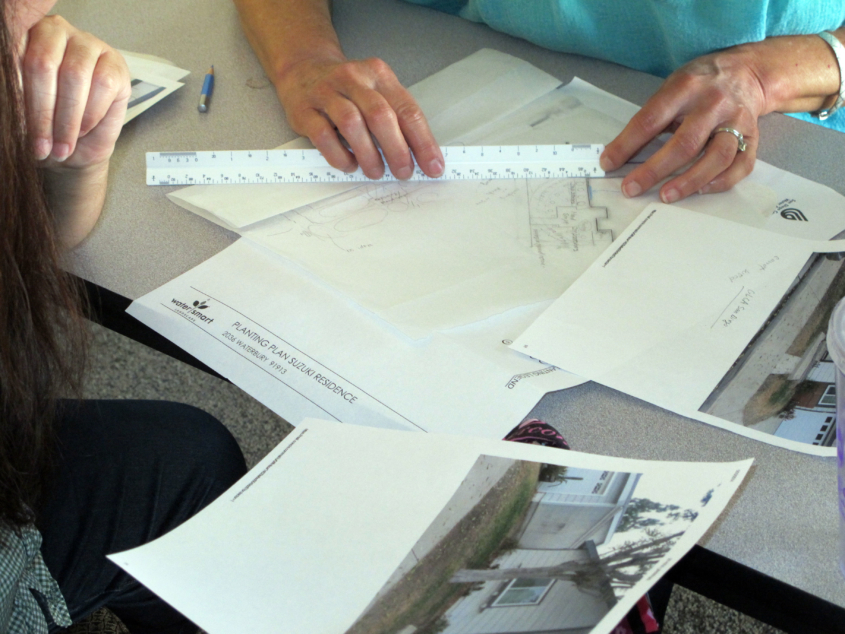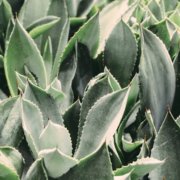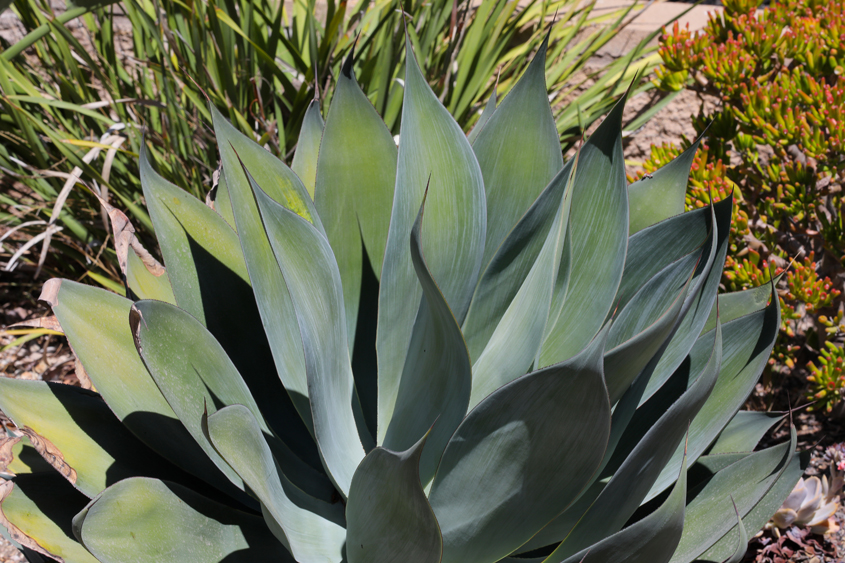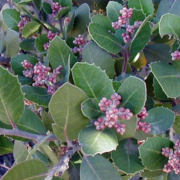Vista Irrigation District Selects 2024 Landscape Contest Winner
The Vista Irrigation District Board of Directors recognized Thomas McCarter as the district’s 2024 WaterSmart Landscape Contest winner at its July meeting.
McCarter and his wife, Alice, moved into their current residence three years ago. Upon moving in, their yard was mostly a blank slate, with a majority of the yard unplanted.
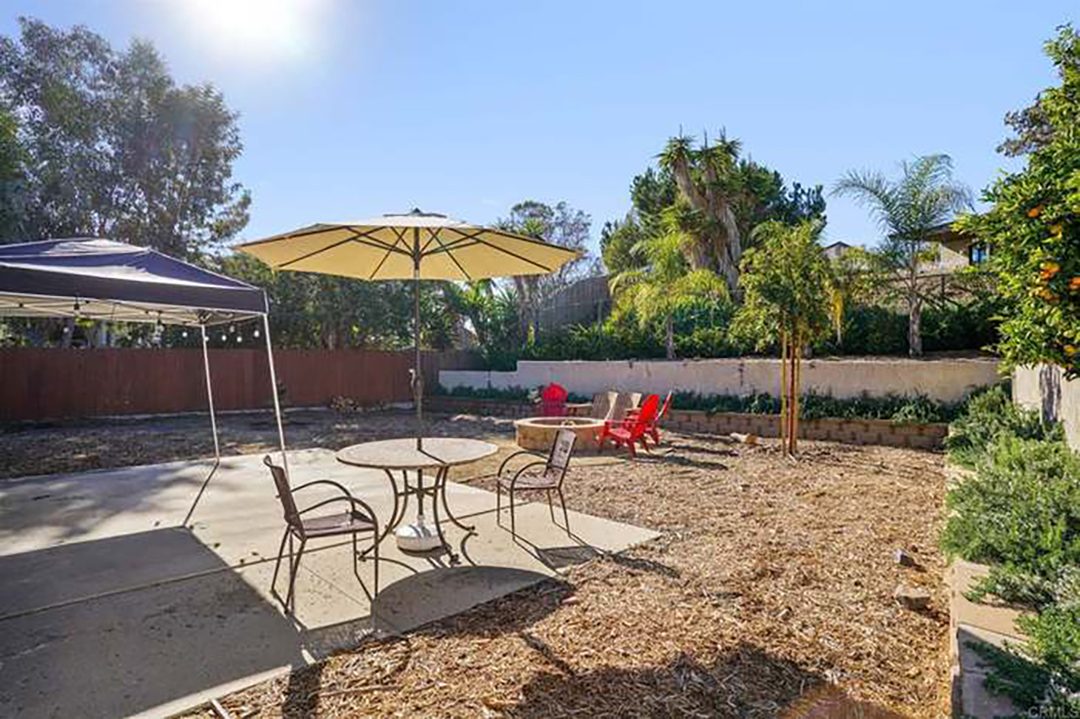
The McCarters’ backyard landscaping prior to its makeover. Photo: Vista Irrigation District
Working together as a team, they began to transform their yard. Alice took charge of creating a new layout for their garden.
The McCarters’ landscape project was a labor of love. They began filling in their yard with planted areas, artfully combining succulent varieties including aloes, aeoniums, euphorbias, agaves, and various groundcovers.
Unique planter bed highlights landscape design
Rocks, decorative wood, artwork, and even a raised planter “bed” with its own headboard are included in the landscaping among the plants.
Decomposed granite pathways wind through their garden, allowing the couple to move about freely and enjoy their creation.
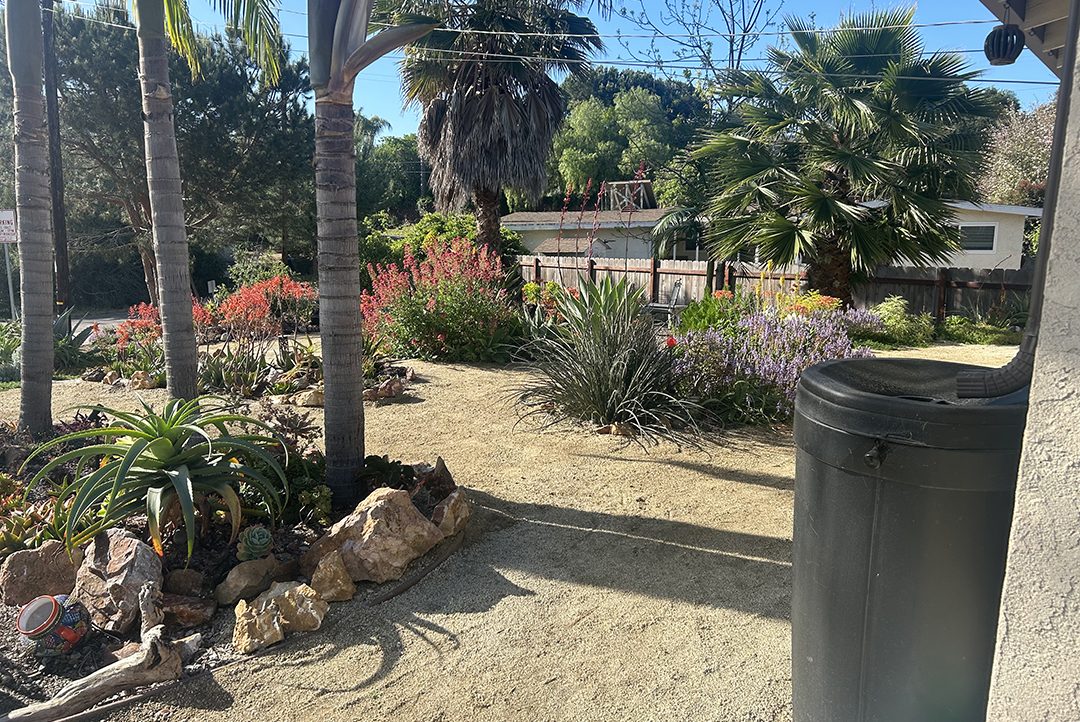
Rain barrels help supplement the irrigation system. Photo: Vista Irrigation District
Irrigation comes from a drip system, supplemented by water collected in four rain barrels installed during the landscape project. The couple is dedicated to caring for the environment, and their ongoing landscape project reflects their commitment to sustainable living.
“It reminds us that we are walking our talk regarding healing the planet,” Thomas McCarter said of his garden. “It’s also a celebration of our marriage and working together.” Friends and neighbors also admire the McCarters’ yard when they visit.
The annual WaterSmart Landscape Contest recognizes outstanding water-wise residential landscapes based on the criteria of overall attractiveness, appropriate plant selection, design, appropriate maintenance, and efficient methods of irrigation.
“Free regional WaterSmart landscape workshops are available online and in person to assist homeowners to upgrade their home’s landscape to reduce water bills,” said Sandra Sanchez, Vista Irrigation District water conservation specialist. “Additionally, landscape equipment rebates, including those for rain barrels, are available to help with the cost.”
The Vista Irrigation District joined eleven other local agencies that held landscape contests this year, providing an opportunity to highlight residential water-wise landscapes throughout the region. Participating agencies include Vista, Helix Water District, Olivenhain Municipal Water District, Otay Water District, Padre Dam Municipal Water District, San Dieguito Water District, Sweetwater Authority, Vallecitos Water District, California American Water, Rincon Del Diablo Water District, and the cities of Escondido and Oceanside.
For more information about the contest and to see more examples of WaterSmart landscaping, visit www.landscapecontest.com. Visit the district’s website or call (760) 597-3160 to find out more about free landscape workshops and incentive programs.

